Jajarkot (jaw-jar-coat) in western Nepal’s Karnali Province is the district where the November 3rd earthquake epicentered.
We were so relieved to learn on Tuesday evening that (finally!) we were given (local and central) governmental permission to go to Jajarkot to distribute blankets to the people who need them to survive the cold nights in their tents and tarp-covered temporary shelters. Eager to go give this relief, with Kiran and Prateek from CHOICE, we started our journey Wednesday morning, but immediately encountered a delay taking off from Kathmandu. We waited for about an hour before boarding, then another half-hour on the plane, then another half-hour back at the gate before getting back on the plane. The cause of the delay? Our destination airport at Surkhet was fogged in, and we had to wait for the fog to lift.
Our ultimate destination was Khalanga, headquarters of the Jajarkot District.
Mention-worthy on this trip were food, roads, and the blankets. And in Khalanga, beauty and devastation all around.
Food.
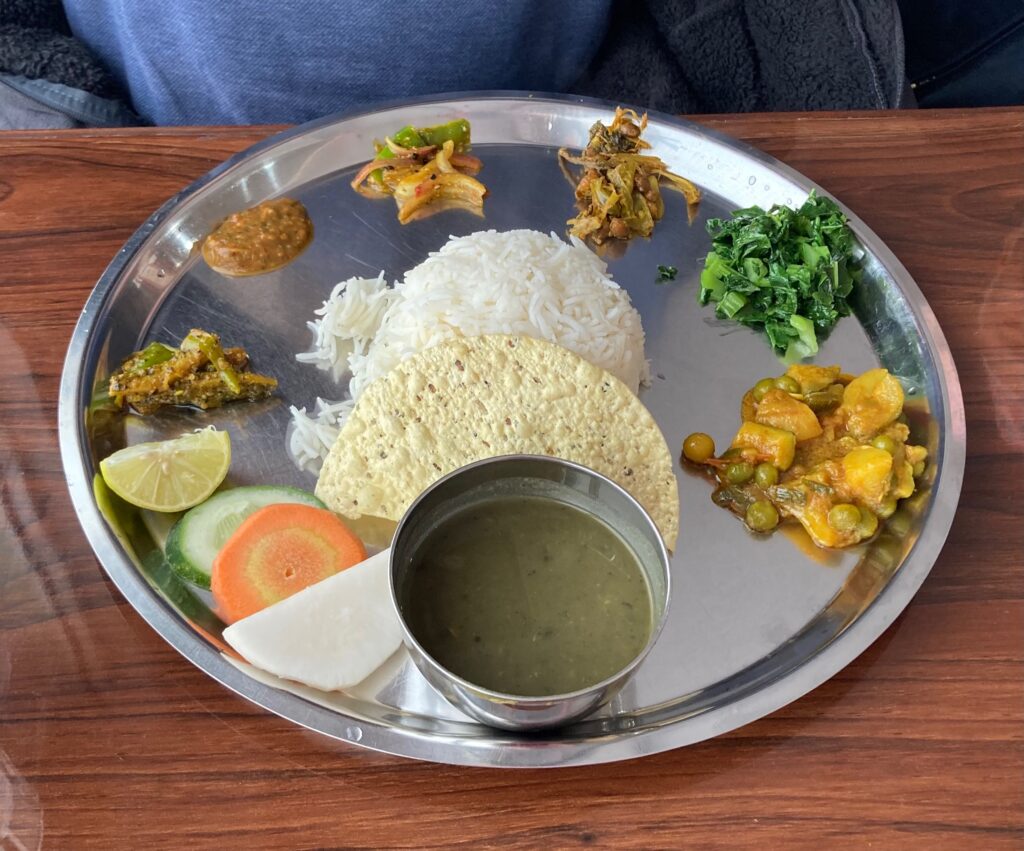
Dal bhat is the traditional Nepali food of locals and trekkers in the Himalayas. It typically consists of lentil soup (the dal), and boiled rice (the bhat), with varied side dishes that may include steamed or sauteed vegetables, vegetable curry, popadoms (thin wafers), and other delicacies.
Hardy food for the arduous trip from Surkhet to Khalanga by 5-seater 4WD vehicle, and for replenishment after returning to Surkhet on Friday.
Roads.
We endured the 4-hour drive, our maniacal driver successfully navigating often smooth blacktop roads, but punctuated with frequent potholes, or washed-out or landslide or otherwise earthquake-damaged stretches. Why did we think our driver was a maniac? Well, he was passing everything ahead of him, especially on the way back, in his apparent haste to set a new land-speed record!
Blankets.
We enjoyed being treated like VIPs again while helping distribute blankets Wednesday evening and again Thursday morning.


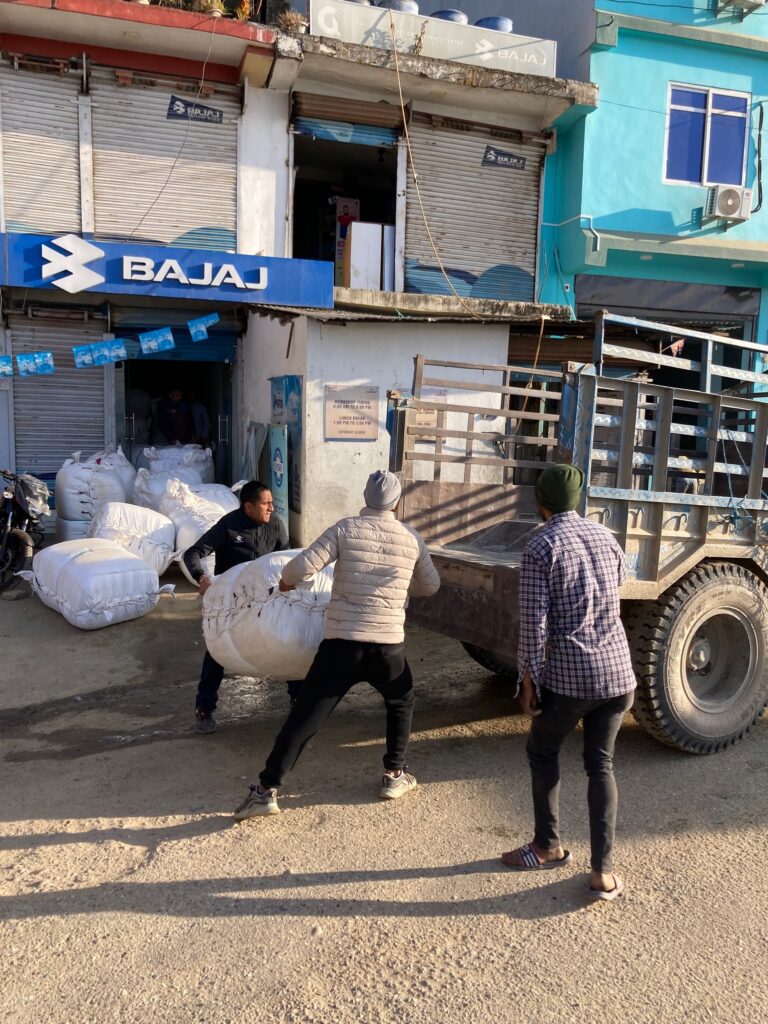
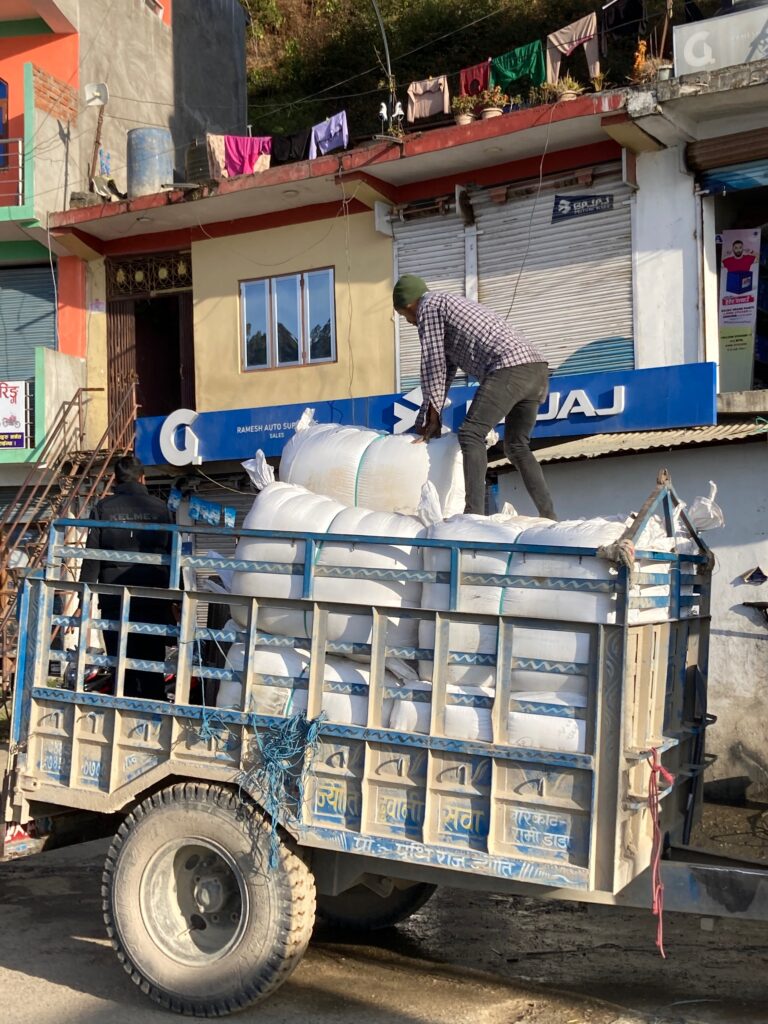
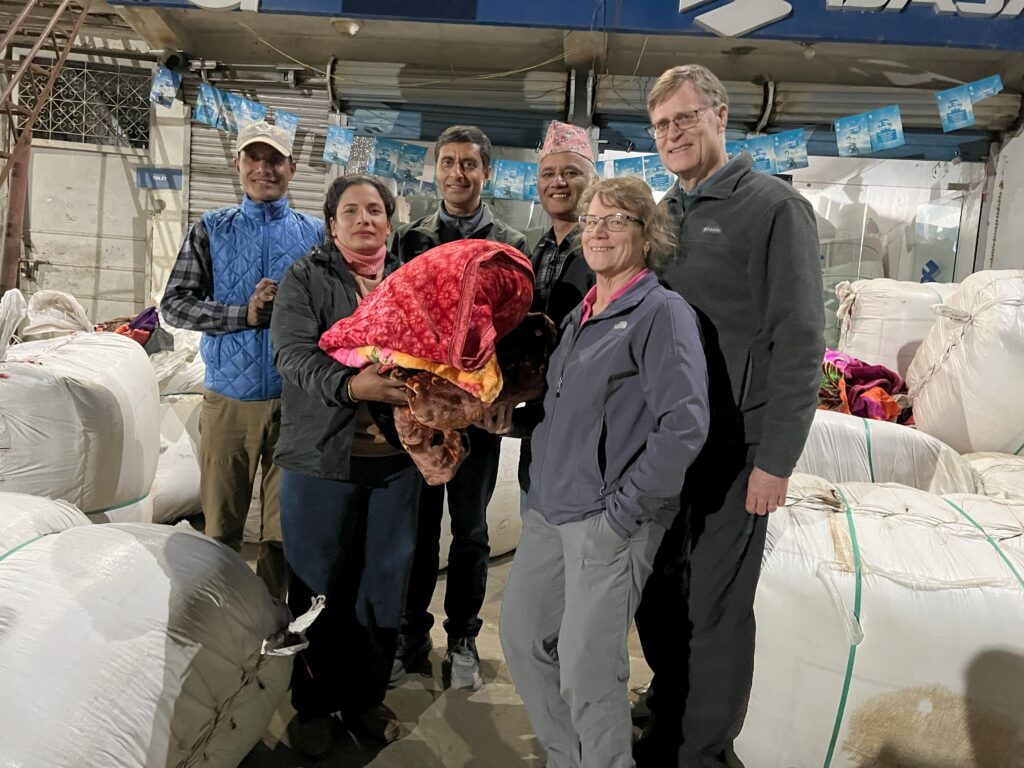
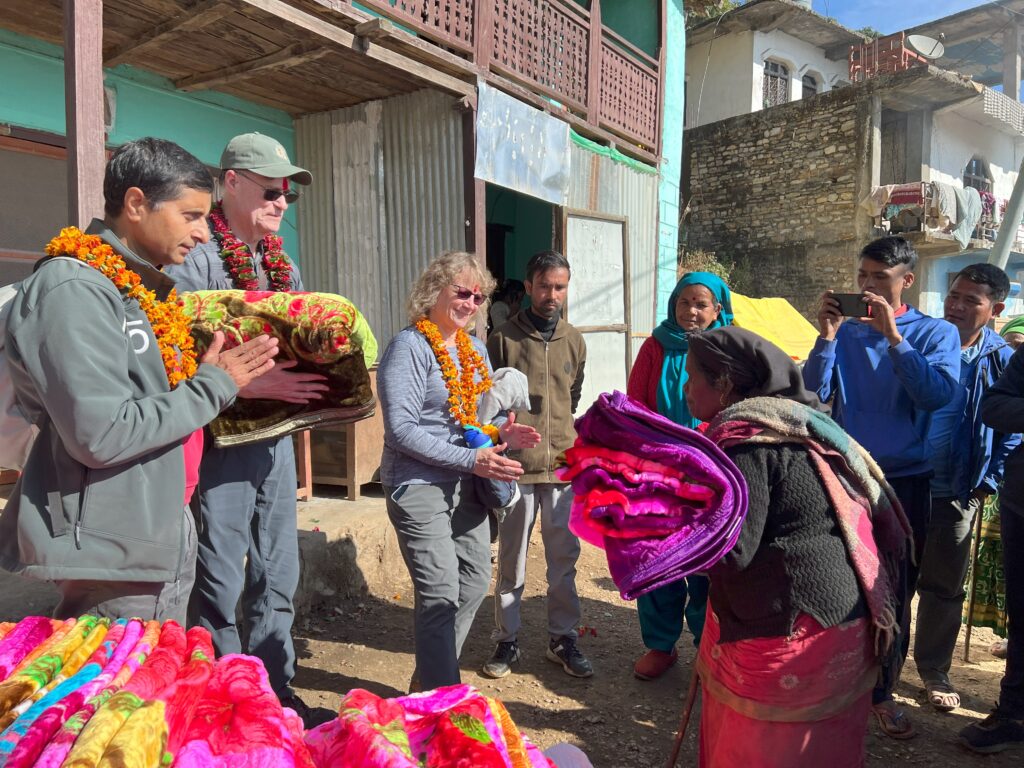
The beauty of this hilly region was breathtaking.
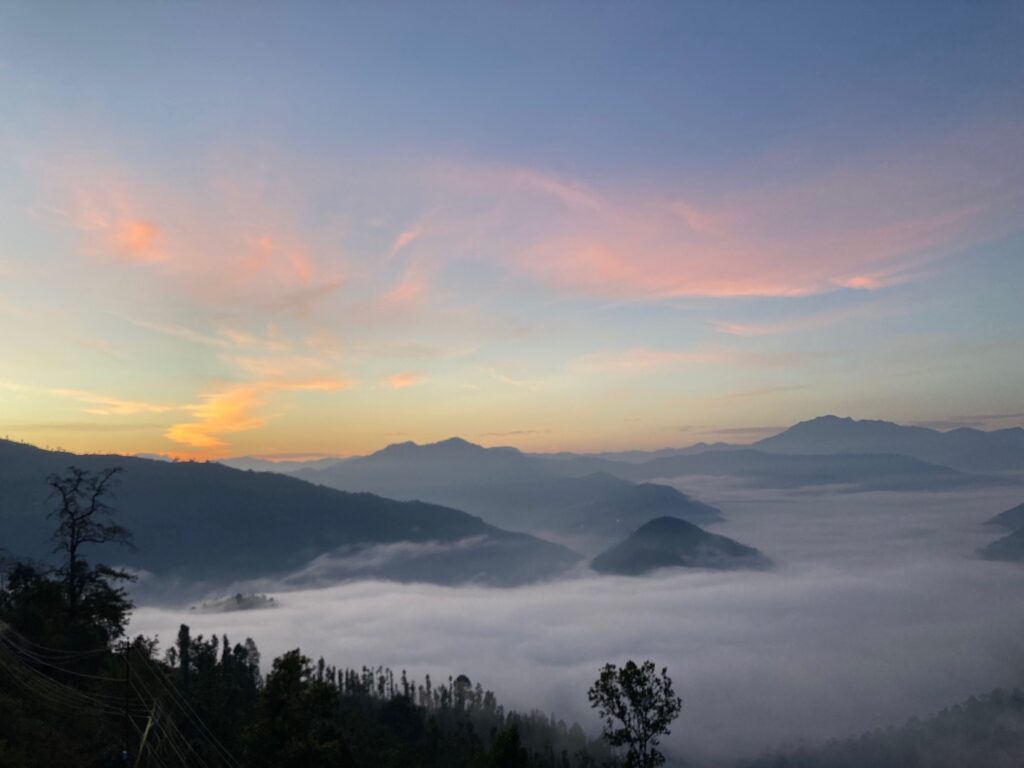
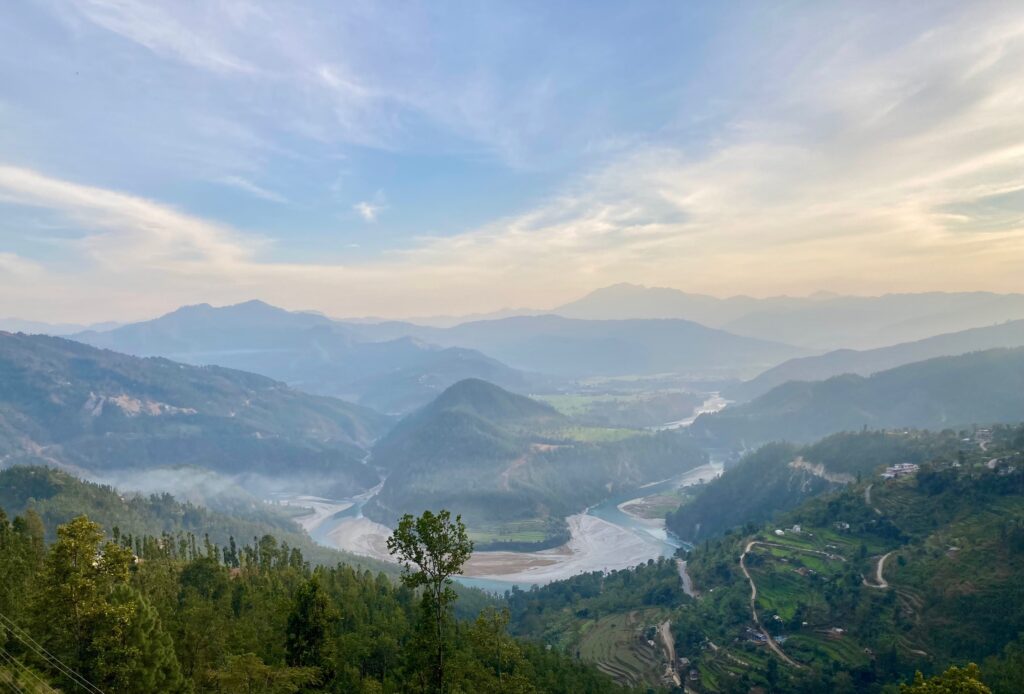
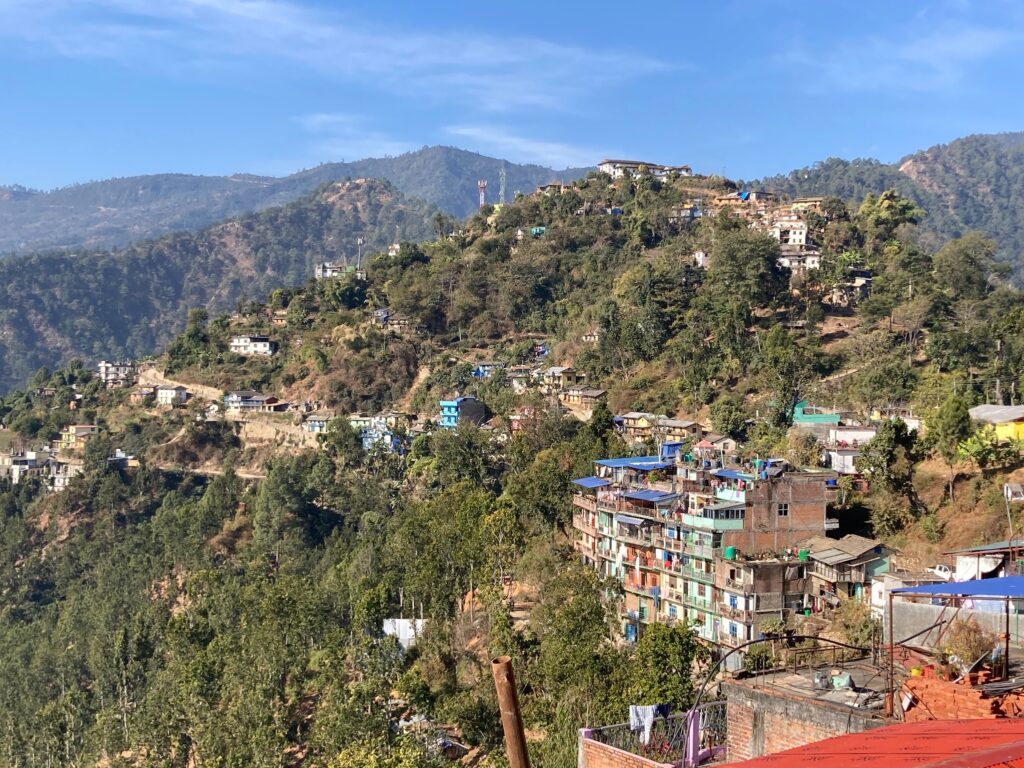
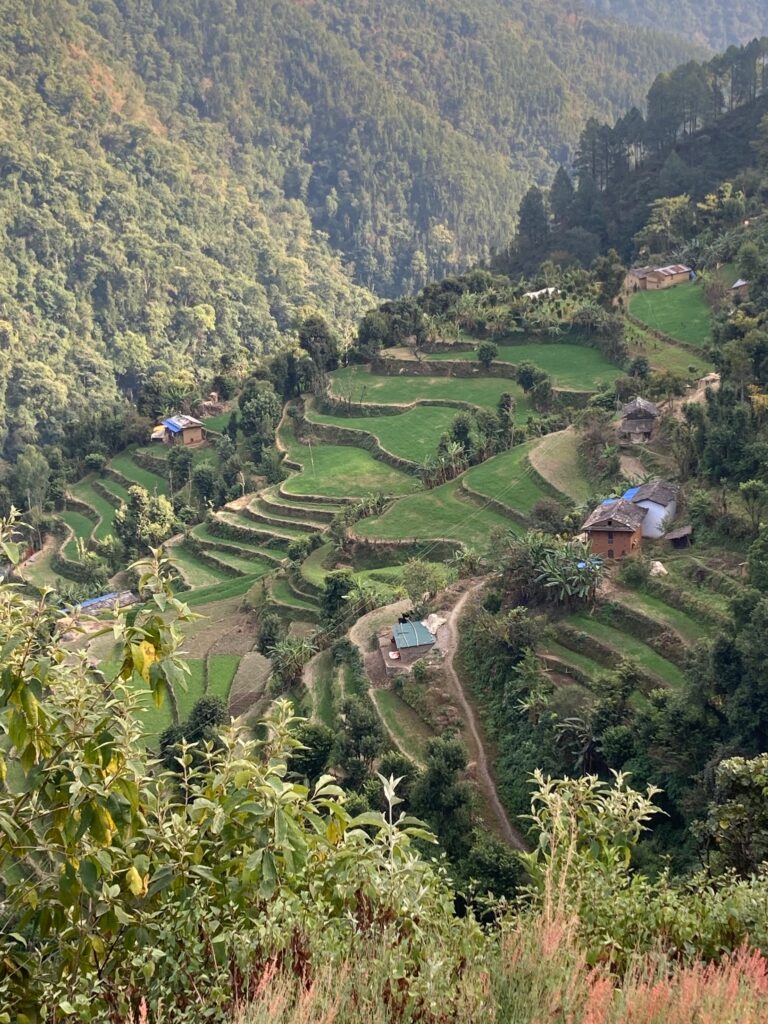
The devastation, though not total, was heart-wrenching.
The powerful 6.4 magnitude November 3rd quake caused more than 150 deaths, leaving several hundred injured, children accounting for nearly half of the dead or injured. 35,000 houses were destroyed entirely or damaged enough to make them unsafe to live in. Hundreds of school buildings were also destroyed or severely damaged.
Most of the damaged houses and schools were poorly built masonry structures (mostly rubble stone in mud mortar).
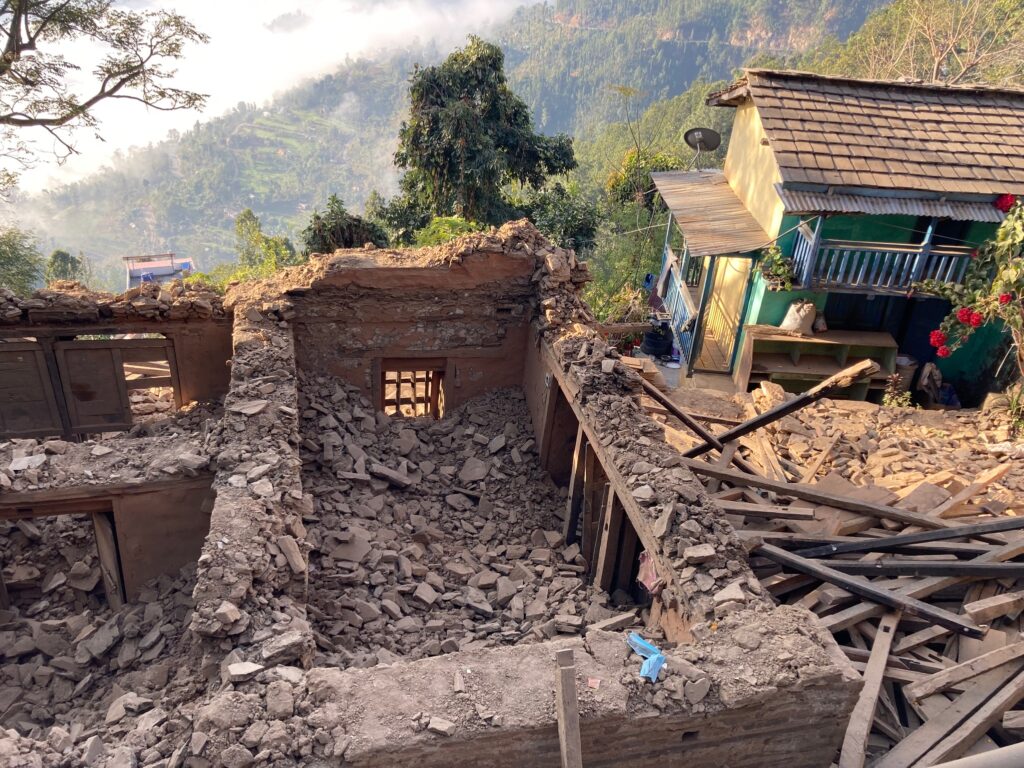
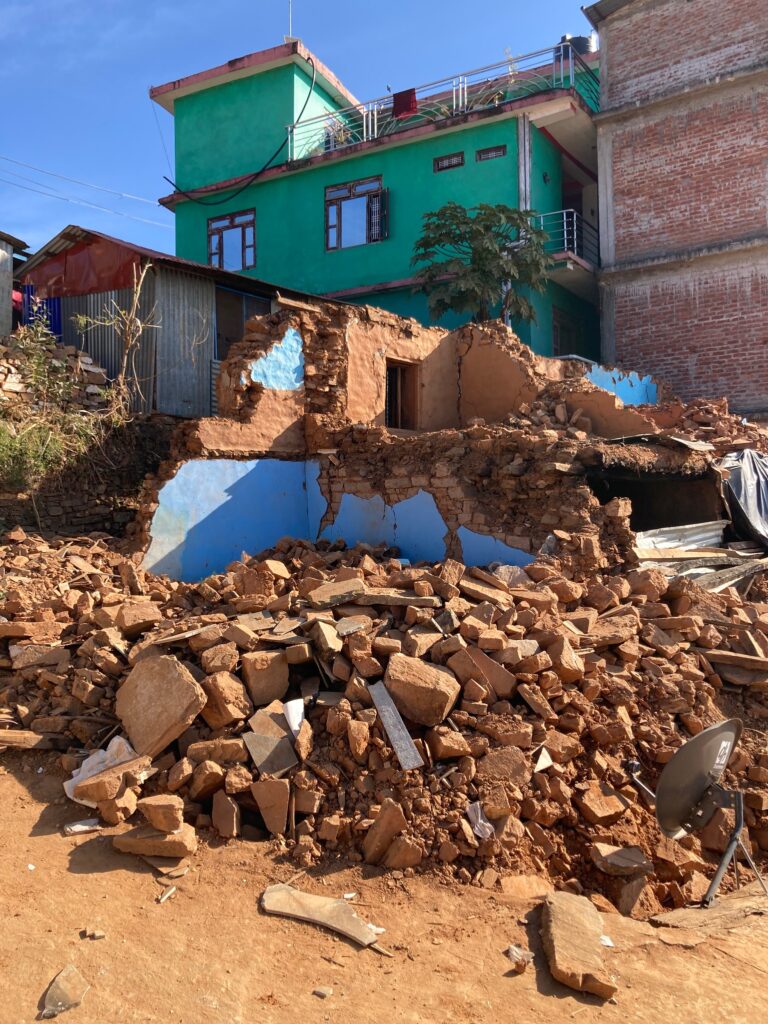
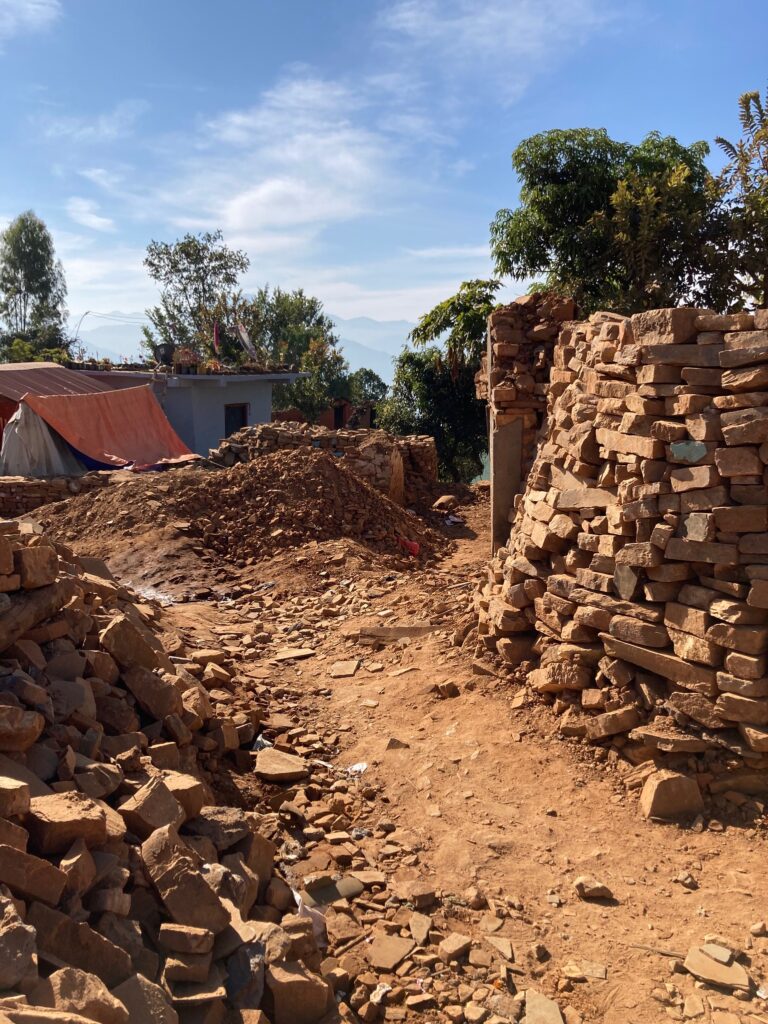
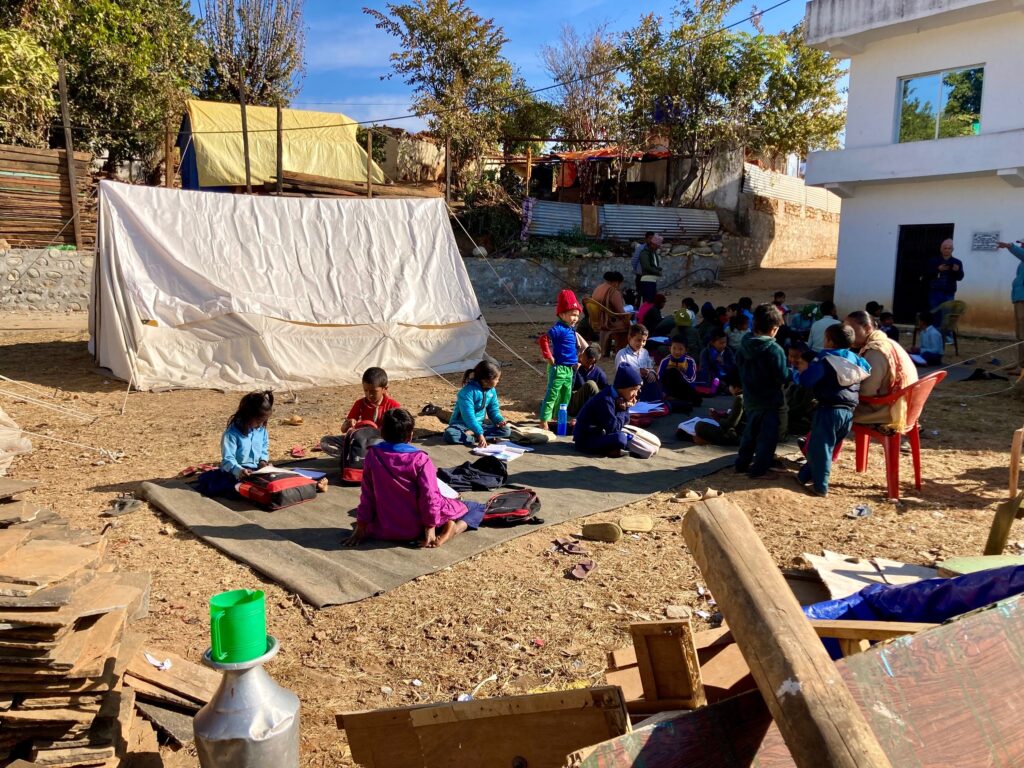
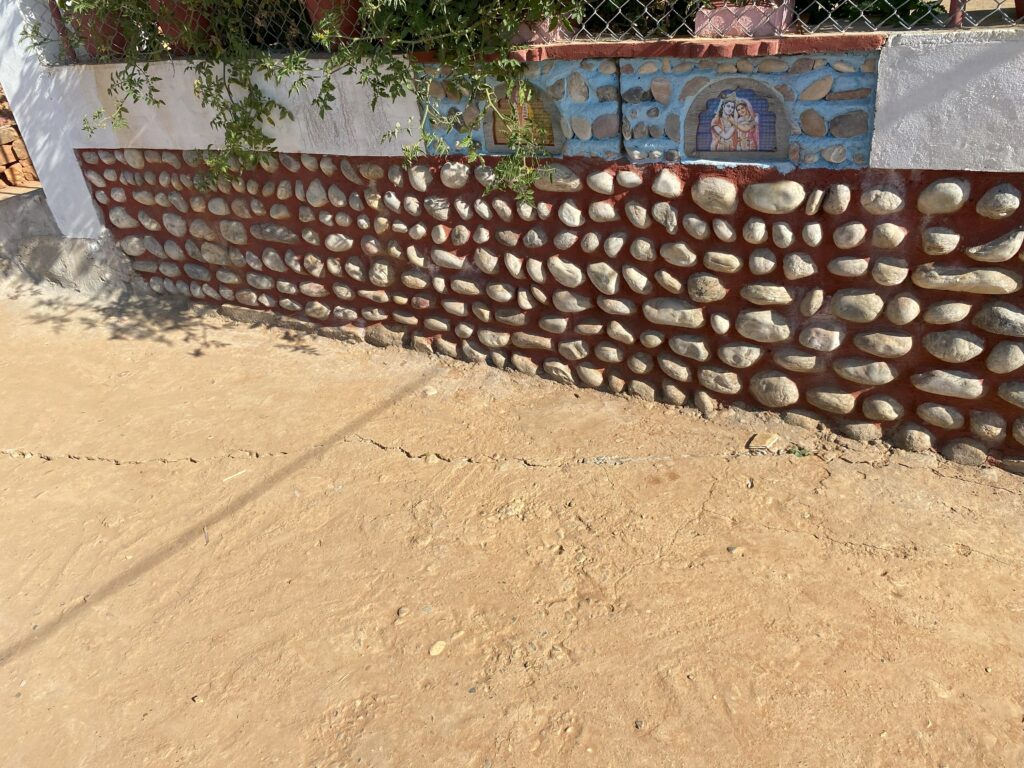
One woman we saw was in her house with two other women when the earthquake turned it to rubble.
They all had to be dug out and she was the only survivor, the other two (the deputy mayor and another woman) died of their injuries on the way to the hospital, because the roads were blocked and the ambulance couldn’t get to them soon enough. When we saw her, the pain in her face was etched deep. She has lingering physical pain in her head, neck and back. The emotional or psychic pain was evident too in her voice, which even though we didn’t understand her Nepali, we got the translation from Kiran.
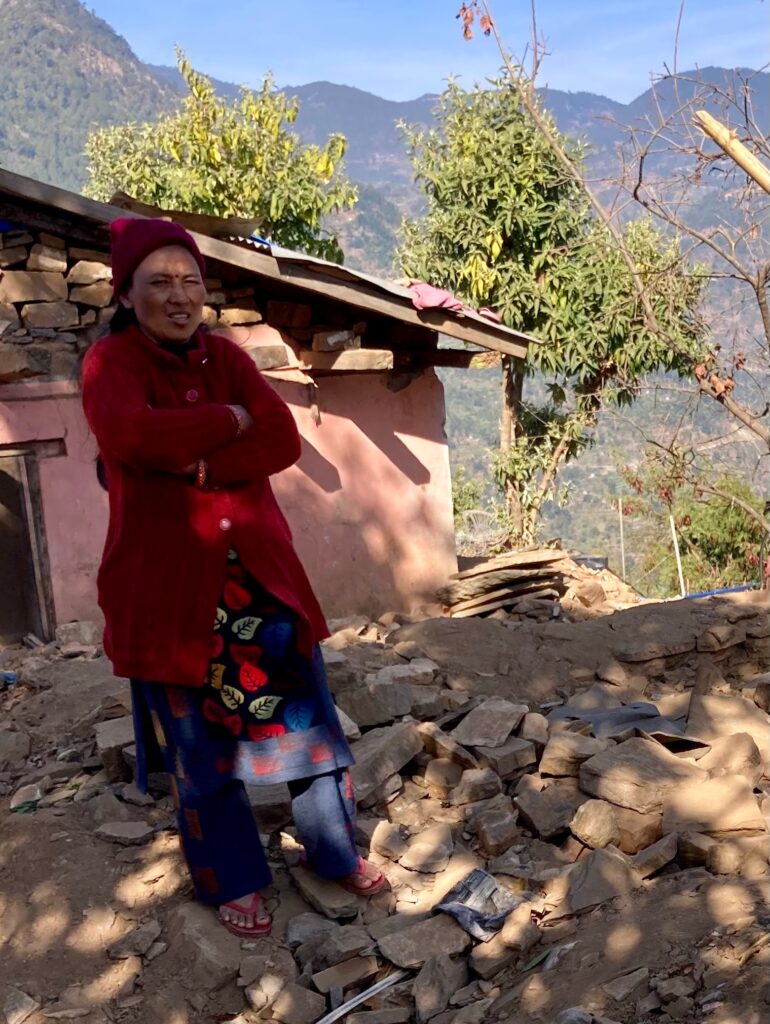
On Thursday afternoon we traveled up the hillside to another village, about 45 minutes’ distance from Khalanga.
There we visited a health clinic that serves mainly as a birthing center. Even though the World Health Organization had already supplied them with a fairly large tent, they still use the clinic, which though unsafe with cracks in the walls and ceilings, they feel constrained to keep using until they have a new place.
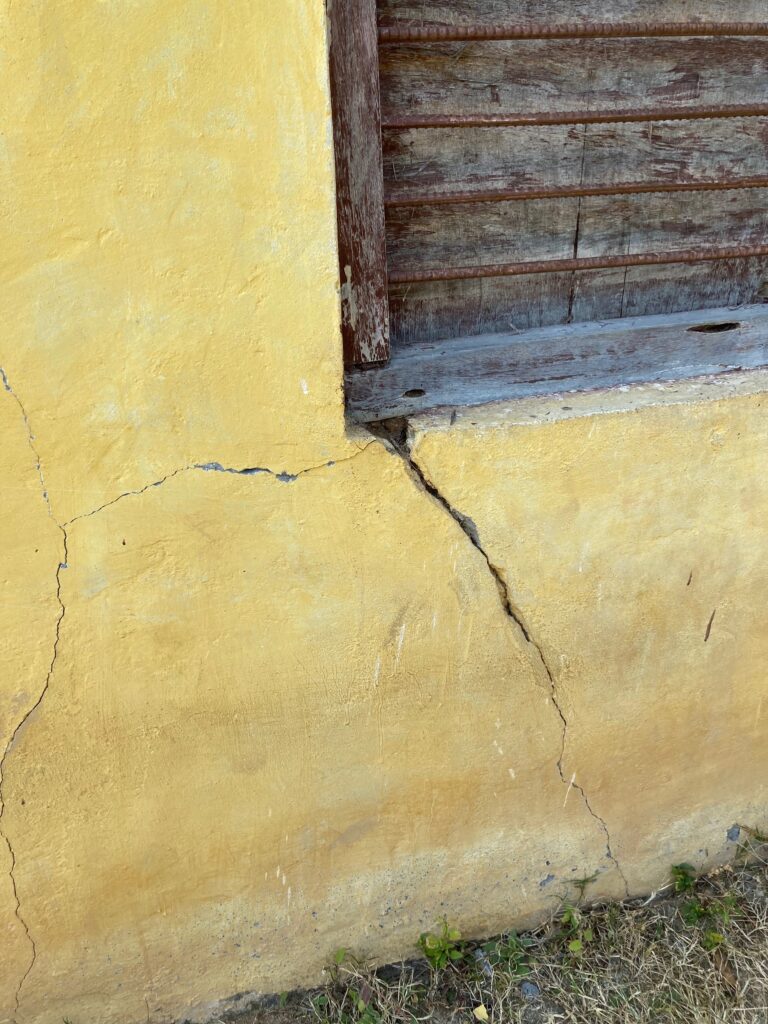
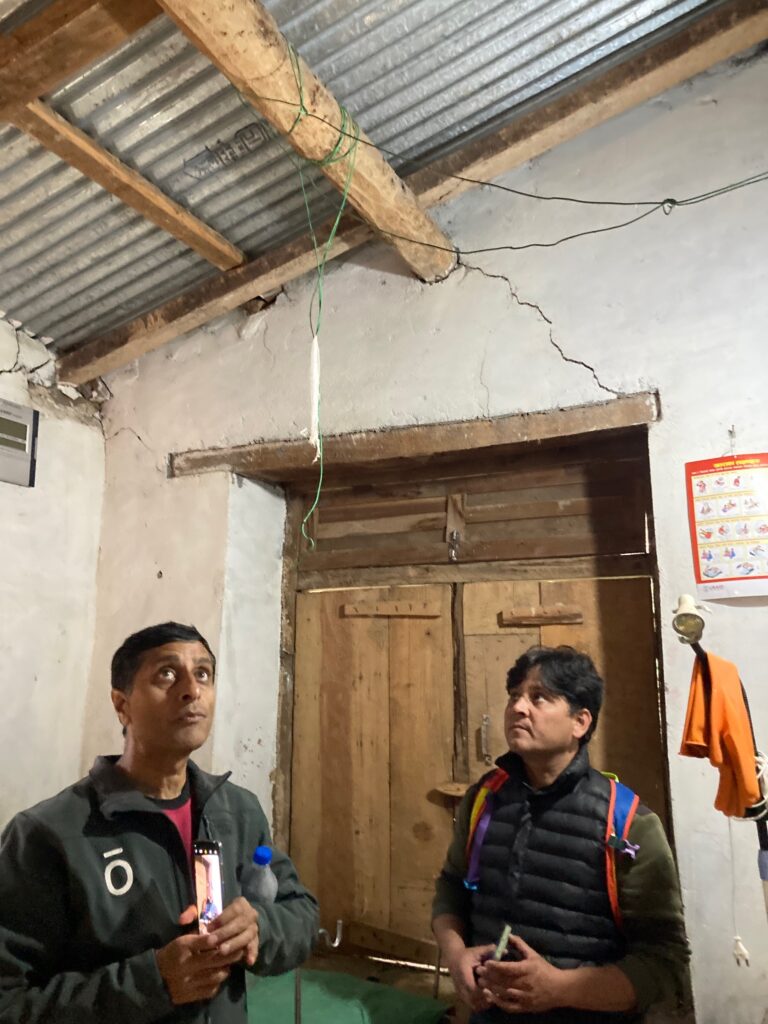
The local health officials told us they need 14 semi-permanent structures to get by until permanent replacements can be built. We are currently investigating the feasibility of LDS Charities supplying at least some of these pre-fabricated health clinics.
Other mentionables:
The hotel room we stayed in was — interesting. It felt like camping indoors, because there was no heat, no hot water, and the toilet only sort of flushed. At least it was clean. And the bathroom walls were interesting to look at!
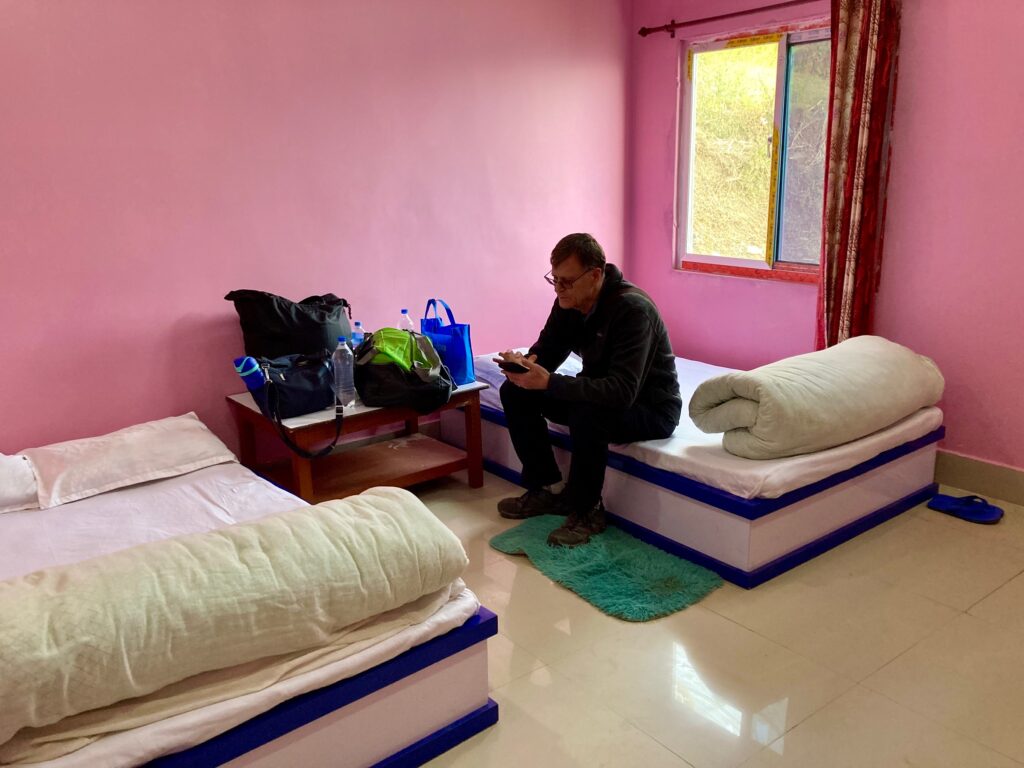
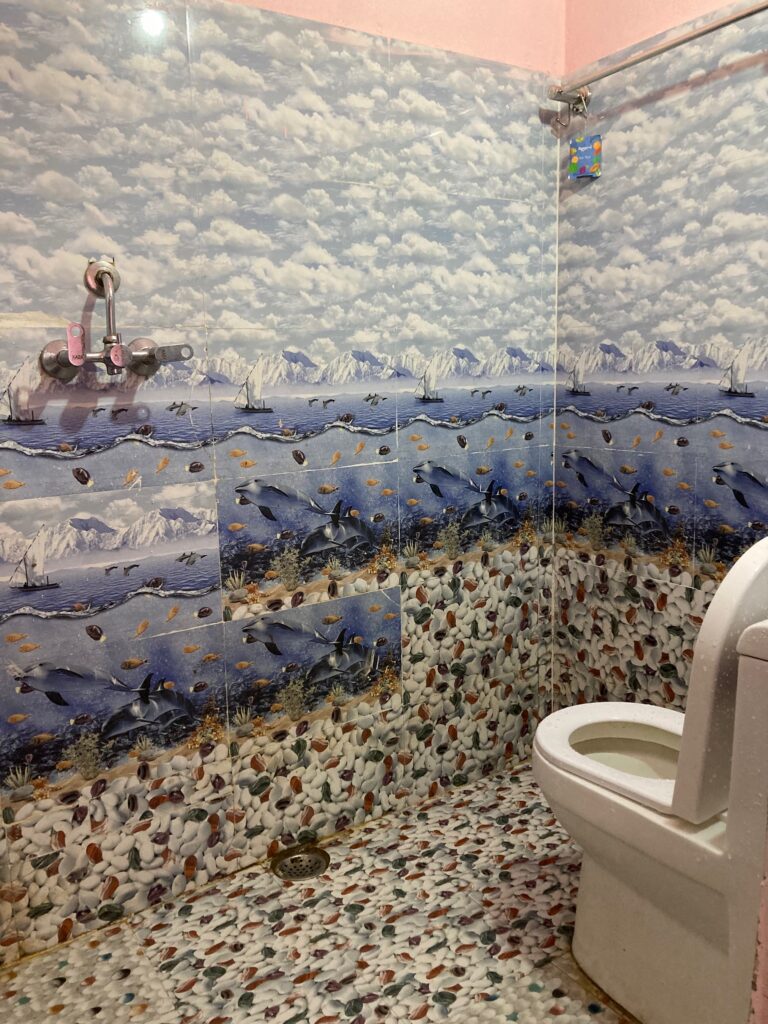
It had some nice touches though!
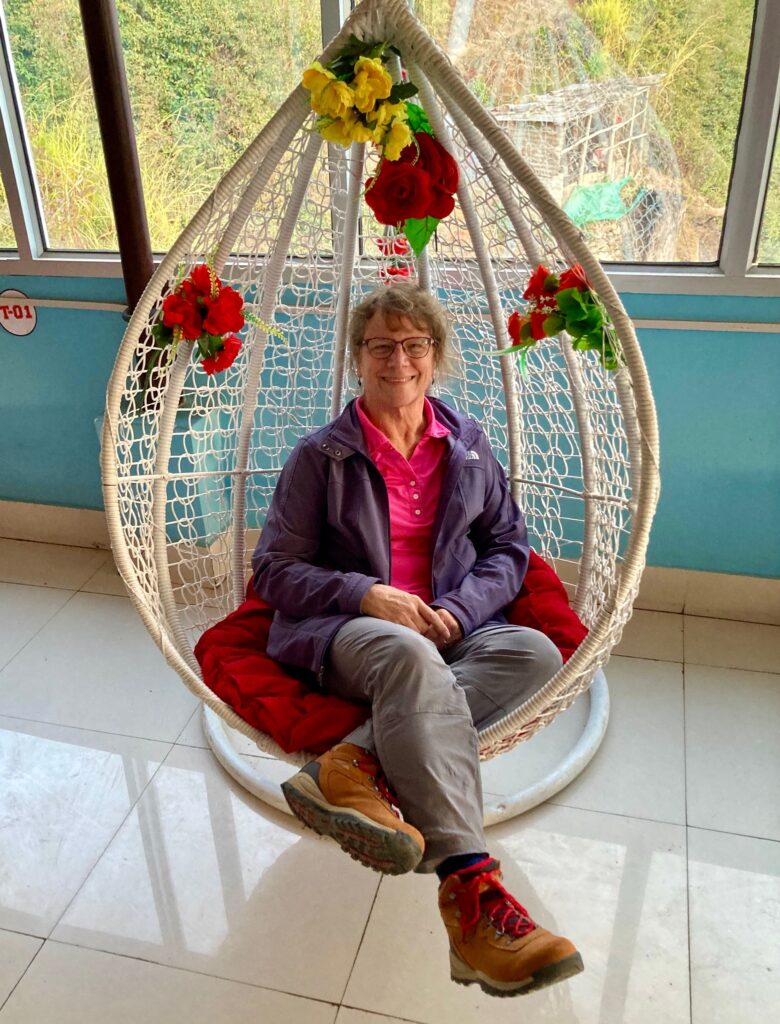
We saw and stopped at this cool suspension bridge on the way back.
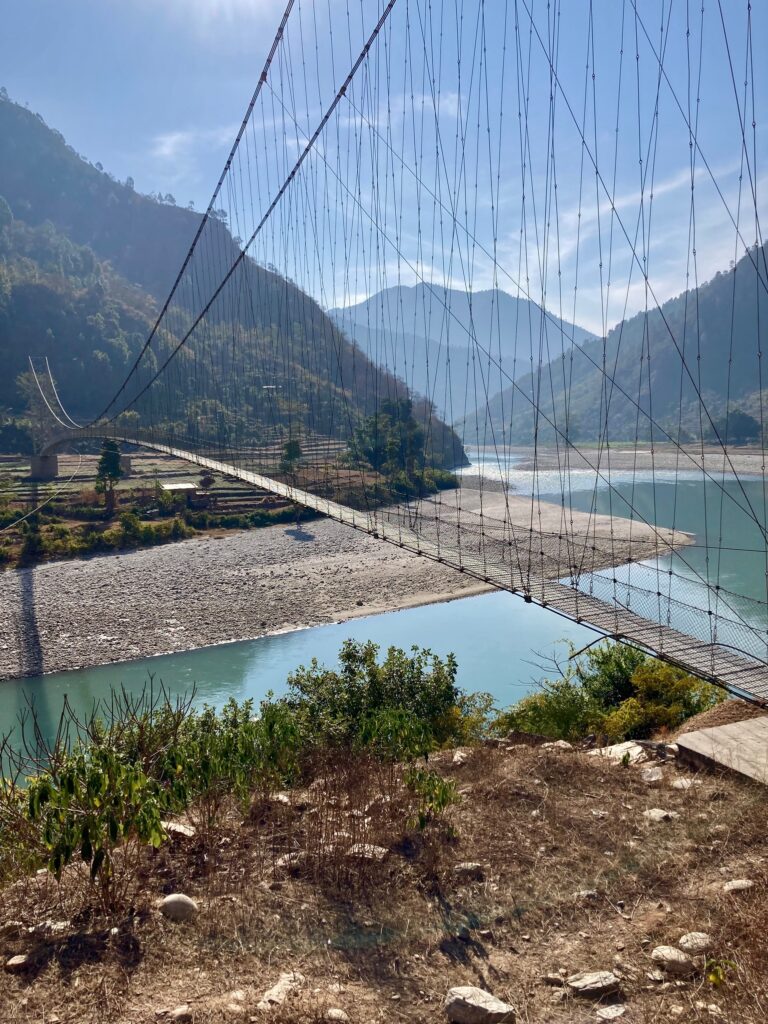
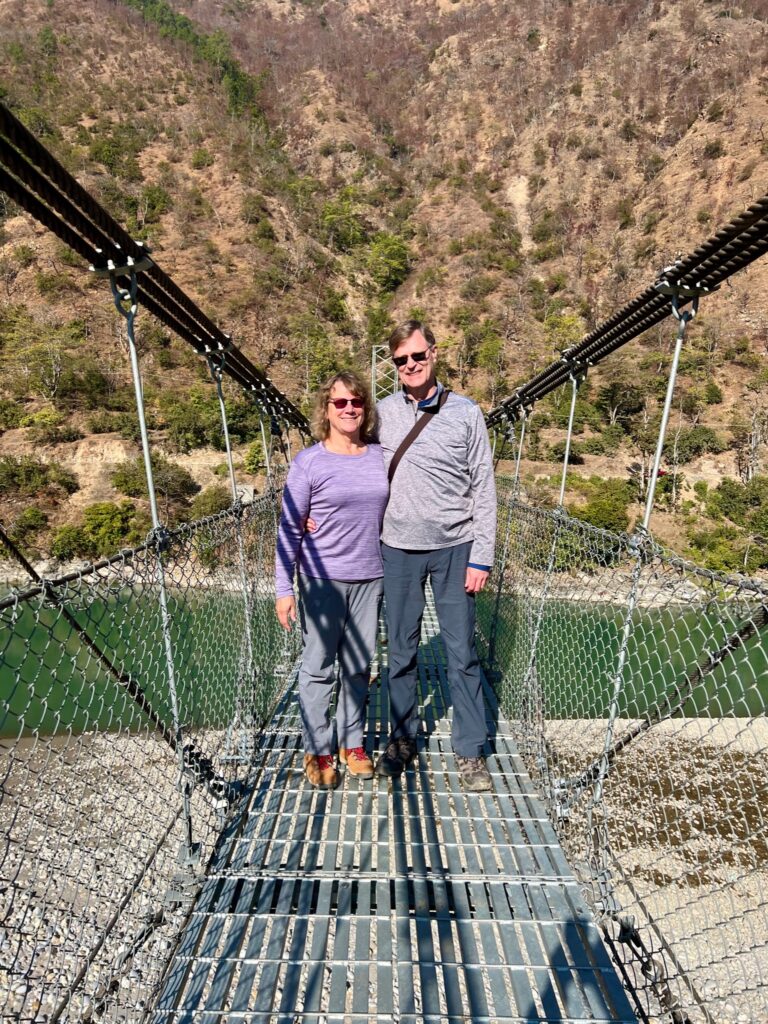
We also visited an 800-year-old Buddhist temple in Surkhet in a big hurry so we wouldn’t miss our plane (which was only one hour late leaving).
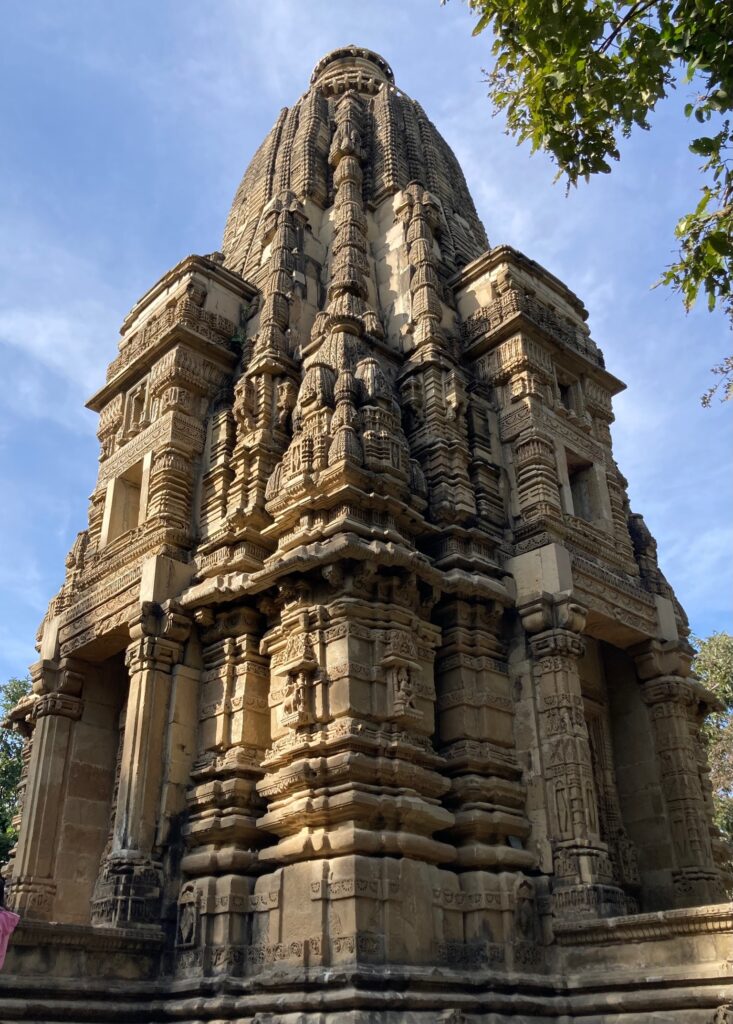
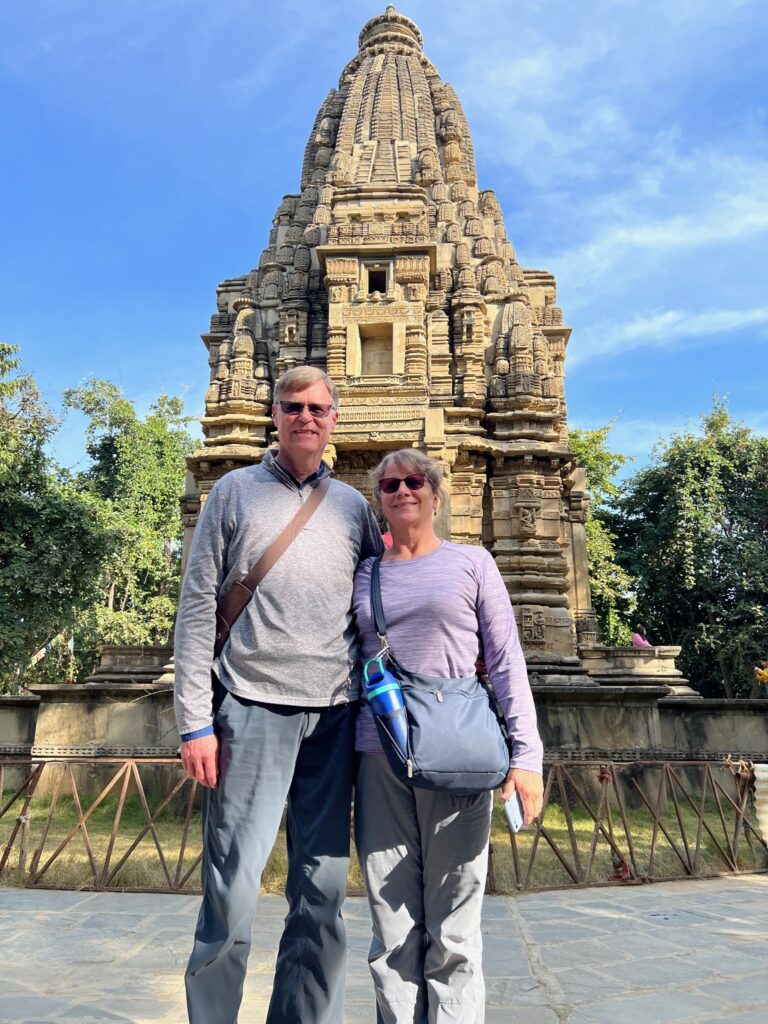
To sum up, our journey to Jajarkot was (and words fail to adequately describe) a sobering, emotional experience, and one that gives us new resolve to do all we can to help the very neediest of the Nepali people.
Tomorrow is Christmas. We pray for the Love and Peace of Christ and the Joy of Christmas to be with you always.

Leave a Reply